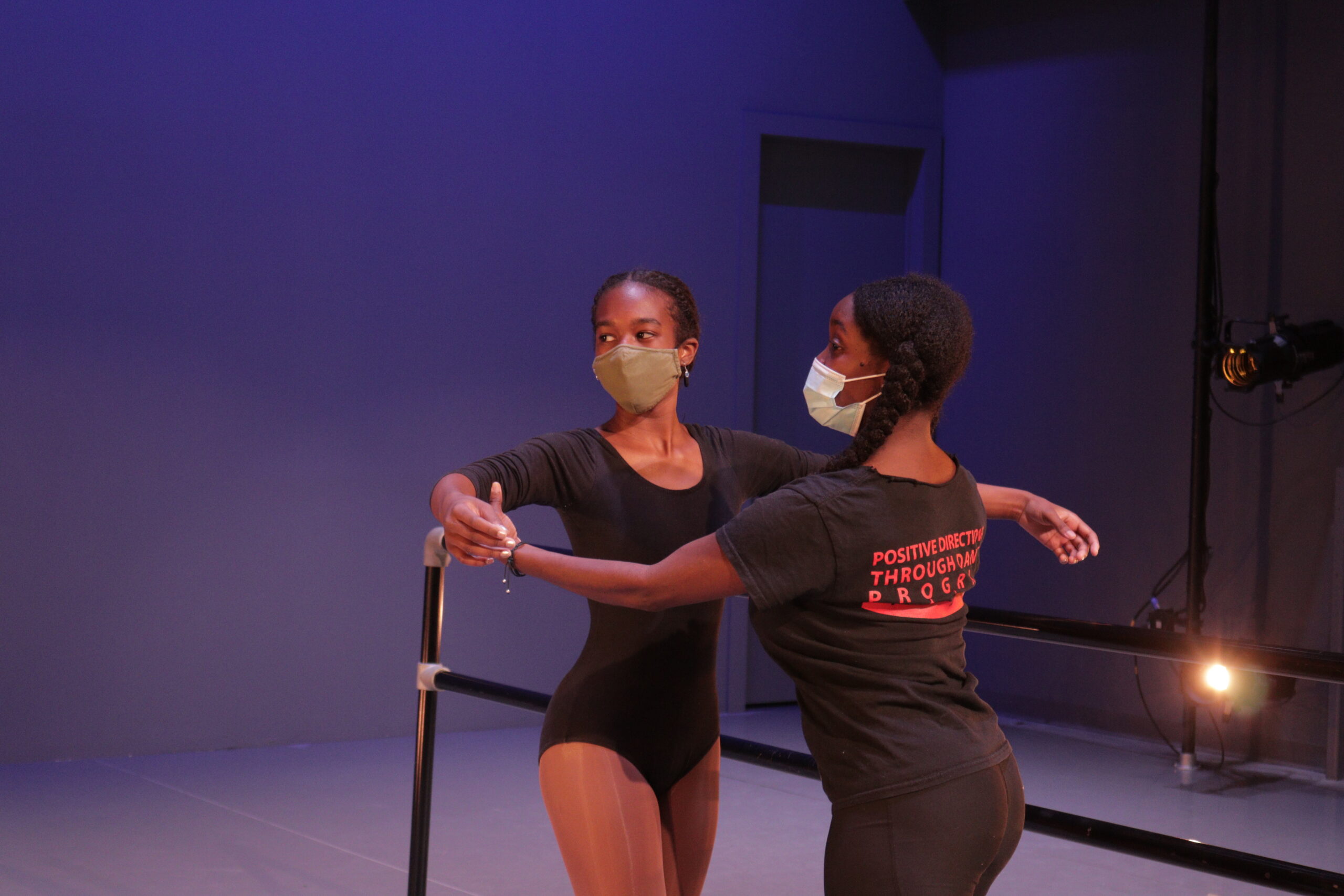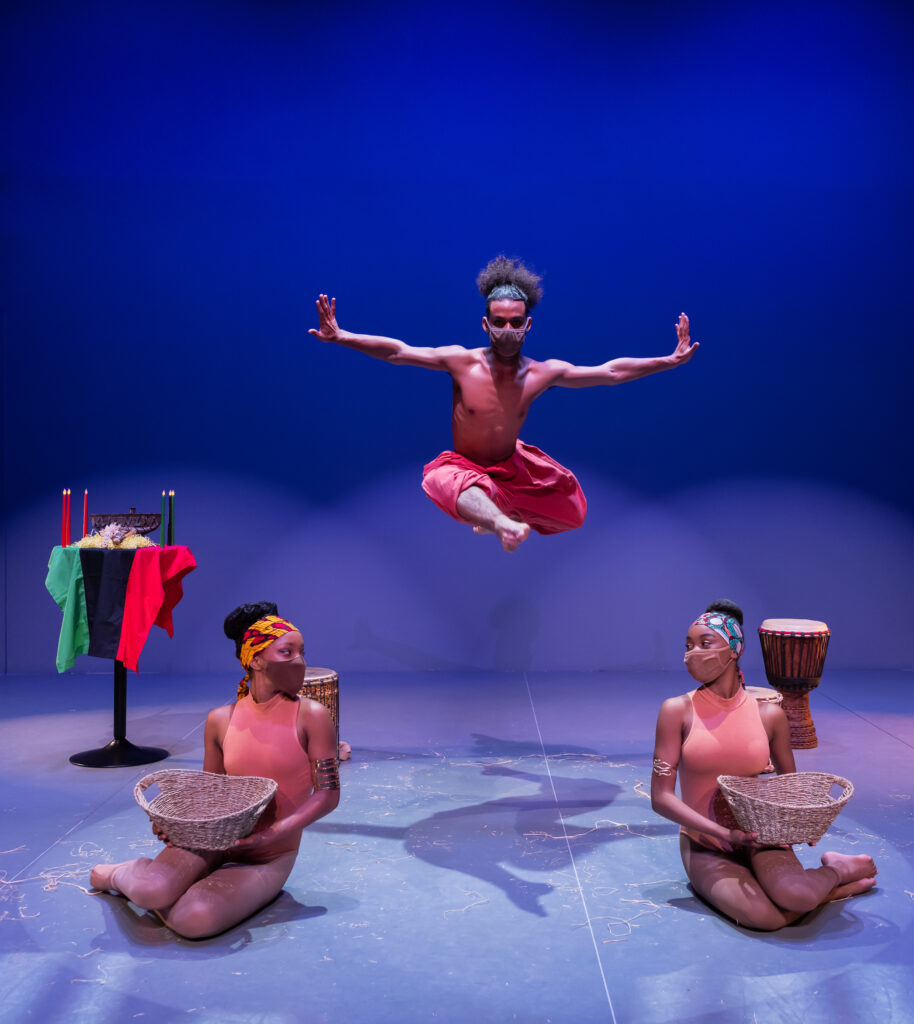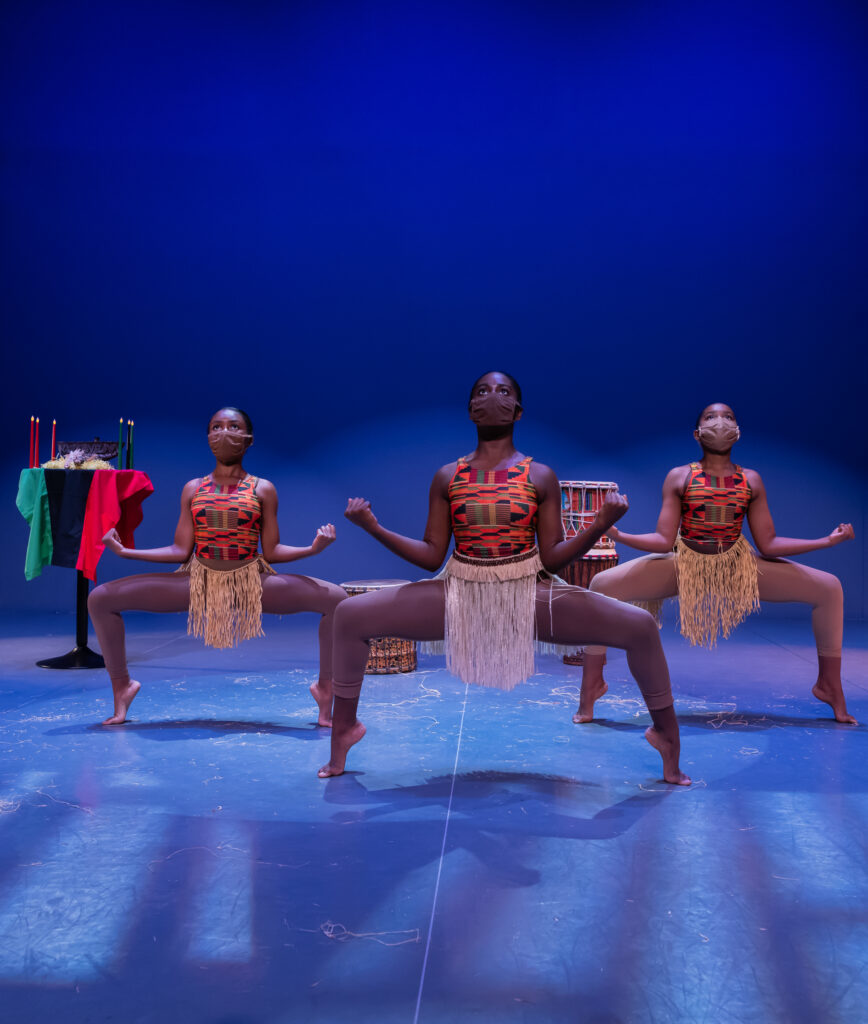
Through education, creation, and advancement, Dance Institute of Washington—a 501(C)(3) nonprofit dance organization located in DC—is promoting equity and representation by providing more opportunities for dancers of diverse backgrounds. “We create space where the attributes and character traits that might make them feel isolated or not welcome are actually privileges at DIW,” says executive director Kahina Haynes, who is in charge of ensuring that vision of increased representation is understood and supported by their community and donors.
In 2018, Haynes developed a guiding framework that centered on a wealth of evidence-based practices and DIW’s own unique methodology built over three decades, which she called DIW’s robust “theory of change,” to help people understand the barriers keeping students in their community from participating in pre-professional dance training. Once DIW’s leadership team identified the challenges their students faced, they began making changes to the program: offering free meals and counseling services in partnership with a local clinical practice, subsidizing consultations with physical therapists, and providing classes beyond dance that teach skills such as career and college readiness or socio-emotional learning.

These changes, which Haynes says increased the school’s enrollments by 40 percent, have made it possible to serve over a thousand students and six thousand audiences each year at its studio, in public and charter schools, in developments, as well as in park and recreation centers.
Haynes originally applied to be a ballet instructor at DIW before meeting founder and former Dance Theatre of Harlem artist Fabian Barnes, when he observed her when he observed her mock class during the interview process. He connected with Haynes’ desire to create more equitable and diverse professional dance companies, and offered her the position of school director, which she held for a year before being promoted to executive director after Barnes’ sudden passing in 2016.
Haynes states that DIW “doesn’t claim to have a model,” and the studio is still investigating how to overcome the barriers keeping students from pursuing dance. Here, she shares how DIW has found success so far.
Can you describe how you and your team at DIW developed the theory of change?
We surveyed and asked the questions. We held focus groups with parents and our community. When I first became school director, I met with every single family—which at the time was just a little under 200—in my office to understand exactly what their barriers and challenges were. And it was a wealth of information that we discovered simply because we asked. Once we got that information, we began to design programming to address what we heard. We heard things like, “My child needs to stay in at school programs, even though he or she loves dance, because they offer food and I work until 6 pm, so by the time I get home it’s after dinnertime and homework time, and my 5-year-old needs to be getting ready for bed.” So we said, “If we could find a way to offer supper or a snack, could your child take dance?” And they said yes. We’ve added that to the program in a very intentional way because we understood it would directly eliminate a barrier that we were told was prohibiting students from participating. We did that across a number of areas and we have a theory of change.
What fundraising tips would you give other dance nonprofits?
Defining exactly what and why you need resources is huge. People want to know exactly what they’re giving to. There’s an assumption that studio owners have, myself included—that we know how important this is, so we assume everyone else knows how important it is. When they don’t, we assume that they just don’t care. I’ve learned that it’s often not that they don’t care, they don’t understand. Change up your language, use metaphors and examples to really help the other side understand what’s so valuable and what’s so powerful about what you’re trying to do. I’ve learned that with the right language and with the right persistence, you can shift that mindset, and it’s worth it, ’cause once you shifted it, it’s not going to shift back.


What advice would you like to share with other dance directors for running a successful and thriving studio business?
Pause. Incorporate pauses for reflection and zooming out. Kristen Barney, who’s an amazing mentor of mine, gets credit for that phrase. And know that you’re doing a really great job. If it’s one thing studio owners have in common, it’s that we hyper-focus on what could always be better. Take minutes to also reflect on what’s going well. I keep an email folder called “Wins,” and whenever something good happens, I file it in that inbox. On really bad days I go into “Wins.” A tool might be to have a dedicated space where you keep track of things that brought you a lot of happiness.
What’s your vision for the future of DIW?
A few years ago I would have said “Lots of DIWs all over the country!” I do believe we offer a special experience that every student should have the opportunity to get. I still believe that, but I’m not sure if that looks like multiple locations. In my wildest dreams, simply that DIW is contributing in any way to more students and professionals feeling like they have more opportunities to advance and be represented in a very powerful medium. That, to me, would be the best. Figuring out how to do that sustainably is my current focus.





